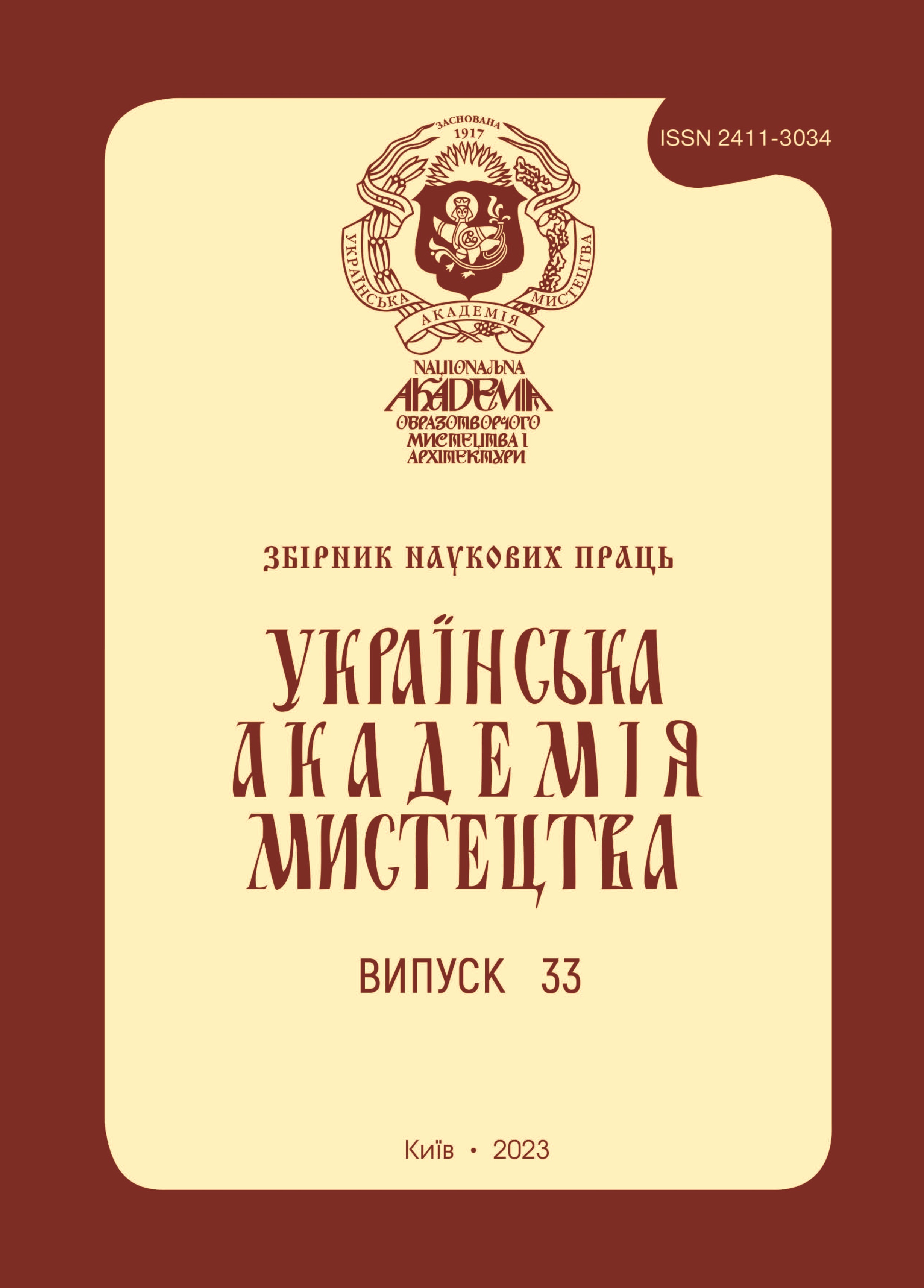METHODS AND TECHNIQUES OF ECOLOGICAL OPTIMIZATION OF RESIDENTIAL AREAS
DOI:
https://doi.org/10.32782/2411-3034-2023-33-9Keywords:
optimization, method, reception, ecology, planning, residential area, city, architecture.Abstract
Abstract. The purpose of the article is to reveal the methods and techniques of ecological optimization of residential areas. Research methods include analogy, information analysis, synthesis and scientific generalization of literary sources. Main results and conclusions. The problems that determine the necessity of execution of residential areas architectural and landscape reconstruction are outlined in the article. It’s emphasized that the efforts directed on development of residential areas landscape design may be efficient for increasing the sustainability of the environment in case if they are concentrated on resolution of questions of prevention of irregular car parking, optimal organization of transit pedestrian ways (of residential blocks external spaces) and creation of the system of differentiated spaces as well as various kinds of leisure activity (in the internal outlines of the structures). There has been formed the list of tasks, that have to be solved in the process of ecological city planning optimization of open spaces in the structure of residential building. There has been outlined the complex of reconstruction measures. It is noted that the following can be attributed to the ways of resolution of conflict situations between the human and transport in the residential environment: separation of parking spaces in the ground level with help of vegetation screens or artificial landscaping; placement of the parking lots on the ground level, but with the use of overhangs above them with vegetation and recreation spaces in the yard perimeter; creation of the semi-underground garages with landscape design of slopes and placement of different purpose platforms on their surfaces. It’s also emphasized that the meaning of the use of landscape design doesn’t lie in provision of requested amount of vegetation for each resident, but in rational, from the standpoint of function, and various, from the standpoint of aesthetics placement of the live nature components for creation of isolated transport oriented areas outside of pedestrian lanes in the external from residential block’s space or in underground level of the yard. The techniques of differentiated structural delimitation are lay down in the basis of transformation of the system of open spaces in residential environment. There has been accomplished its description and new techniques were adduced. To the relevant measures for the change of quality of residential environment referred the formation of the system of clear visual signs by the newly introduced landscape components, that insure the space identification and its figurative meaning.
References
Фесенко Г.Г Морфологія міських ландшафтів: культурфілософські інтерпретації : монографія. Харків : ТОВ «ДІСА ПЛЮС», 2018. 282 с.
Чирчик С.В. Теоретичні і методичні основи формування професійної компетентності майбутніх бакалаврів з дизайну інтер’єру : дис. … д-ра пед. наук : 13.00.04. Житомир, 2017. 774 с.
Цигичко С.П. Екологія в архітектурі і містобудуванні : навчальний посібник. Харк. нац. акад. міськ. госп-ва. Харків : ХНАМГ, 2012. 146 с.
Завальний О.В., Колоша М.С. Об’ємно-просторове кодування як метод регулювання розвитку міського простору. Серія «Технічні науки». 2021. № 2(94). С. 60–68.
Wijaksono Sigit, Sasmoko Sasmoko & Indrianti Yasinta. Urban planning Jakarta settlement area based on earthquake mitigation: socio-cultural ecology study. IOP Conference Series: Earth and Environmental Science. 2020. Р. 426. 012072. 10.1088/1755-1315/426/1/012072.
Olgun Rifat & Yilmaz Tahsin. Determination of Ecologically Suitable Settlement Areas by Using Gis Based Multi-Criteria Decision Making Analysis: The Case of Nigde Province. Fresenius Environmental Bulletin. 2019. № 28. Р. 3768–3777.
Fibrianto Jockie & Ikram Muhammad. Pengaruh pembangunan turap terhadap ekologi kawasan permukiman di tepian sungai Kapuas Pontianak. Lankau betang: Jurnal arsitektur. 2020. № 7. Р. 109. 10.26418/lantang.v7i2.40730.
Liao Bo & Wang Zelin & He Jing & Wu Jiaxing & Su Jiafu. The driving mechanisms for human settlement and ecological environment in the upper minjiang watershed. China. Frontiers in Environmental Science. 2023. Р. 11. 1097801. 10.3389/fenvs.2023.1097801.
Liu Binyi. Elements and Factors Analysis for Trialistic Composition of Human Settlement, Inhabitation, and Travel Environment. 2023.10.1007/978-981-19-9143-1_2.
Soselisa Hermien. Agro-ecological system and its significance to social security in small-island communities of the Central Maluku, Eastern Indonesia. IOP Conference Series: Earth and Environmental Science. 2021. Р.800. 012034. 10.1088/1755-1315/800/1/012034.
Bi Guohua & Yang Qingyuan. Spatial Reconstruction of Rural Settlements Based on Multidimensional Suitability: A Case Study of Pingba Village, China. Land. 2022. № 11. Р. 1299. 10.3390/land11081299.
Heng Jiayao & Wang Hongwei & Fan Ying & Wang Zhengwei & Gao Yibo. Simulation and Optimization of Urban–Rural Settlement Development from the Perspective of Production–Life–Ecology Space: A Case Study for Aksu City. Sustainability. 2021. № 13. 7452. 10.3390/su13137452.
Davis Dylan. Living with change: An archaeological study of human settlement patterns as environmental adaptations in Late Holocene Madagascar. 2022.




